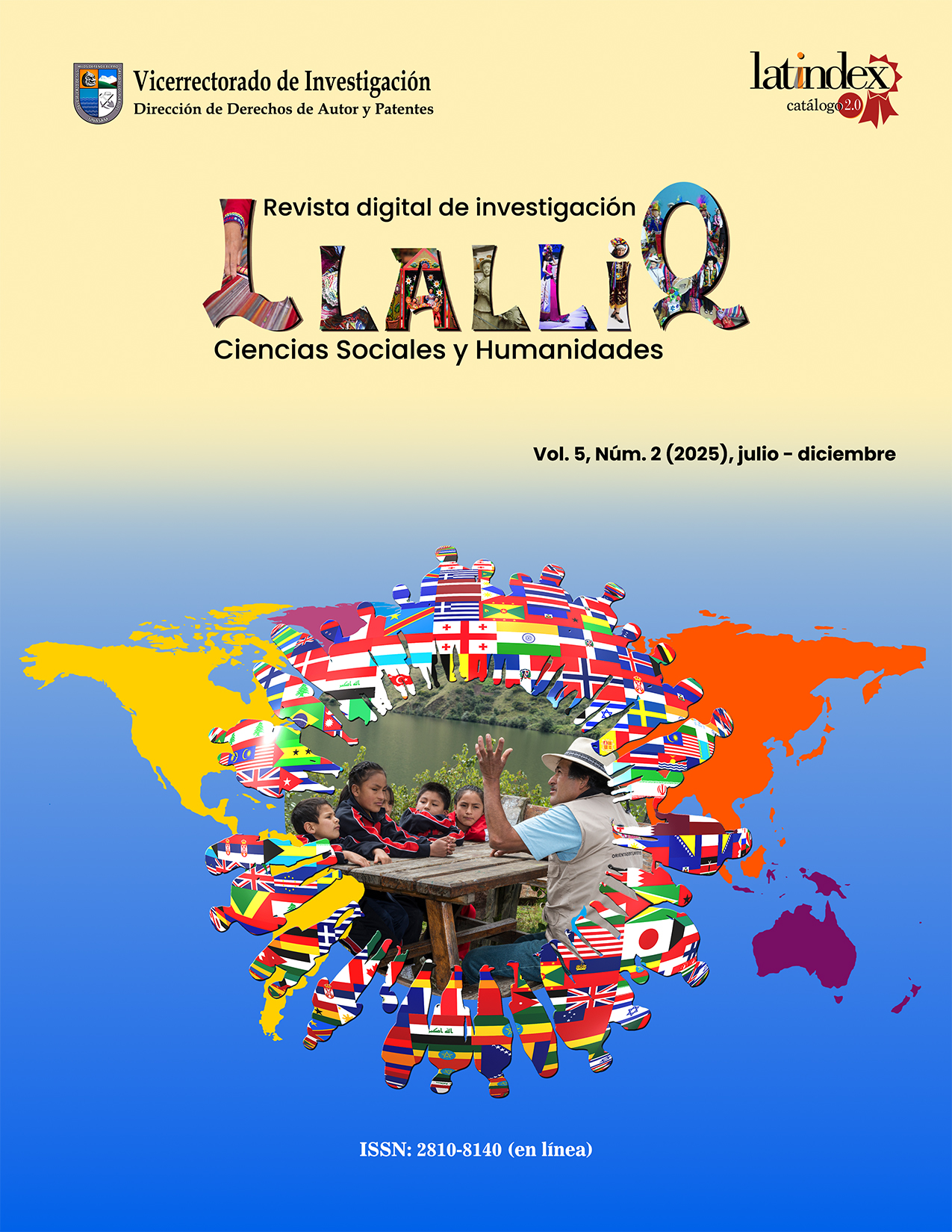Historia y literatura
Main Article Content
Abstract
This article has as objective remember the old relationship between history and literature, specially that one that exists between history and novel. Aspect that is little practiced, and sometimes forgotten during the teaching. In order of a clearer vision the work incids in the difference between traditional narration (XIX century) and the new narration of the history after the Annales (XX century). In the same way it refers both to the old historic novel and to the new one.
Downloads
Article Details

This work is licensed under a Creative Commons Attribution 4.0 International License.
References
Aubes, F. (2007). La novela de Atusparia o como la memoria de las luchas andinas ingresa a la literatura. Lhymen. Cultura y Literatura, (4), 117-125.
Burke, P. (1999). Historia de los acontecimientos y renacimiento de la narración. En P. Burke (Ed.), Formas de hacer historia (pp. 325-342). Alianza Editorial, S. A. https://historiacaride.wordpress.com/wp-content/uploads/2016/05/burke-peter-formas-de-hacer-historia.pdf
Carpentier, A. (1974). De lo real maravilloso americano. Tientos y diferencias.
García Márquez, G. (1989). El general en su laberinto. Mondadori.
Lukács, G. (1976). La novela histórica (Tr. Manuel Sacristán). Grijalbo.
Márquez, P. I. (2003). Mitificación de la epopeya en la novela No preguntes quién ha muerto de Marcos Yauri Montero. DIÉGESIS, Revista de Narración, III, 4/5, 52-57.
Menton, S. (1993). La nueva novela histórica de la América Latina, 1979-1992. Fondo de Cultura Económica.
Vargas Llosa, M. (1981). La guerra del fin del mundo. Plaza y Janés.
Varios (1960). Una novela limeña. Universidad Nacional Mayor de San Marcos.
Yauri, M. ([1989] 2009). No preguntes quién ha muerto. Editorial San Marcos.
